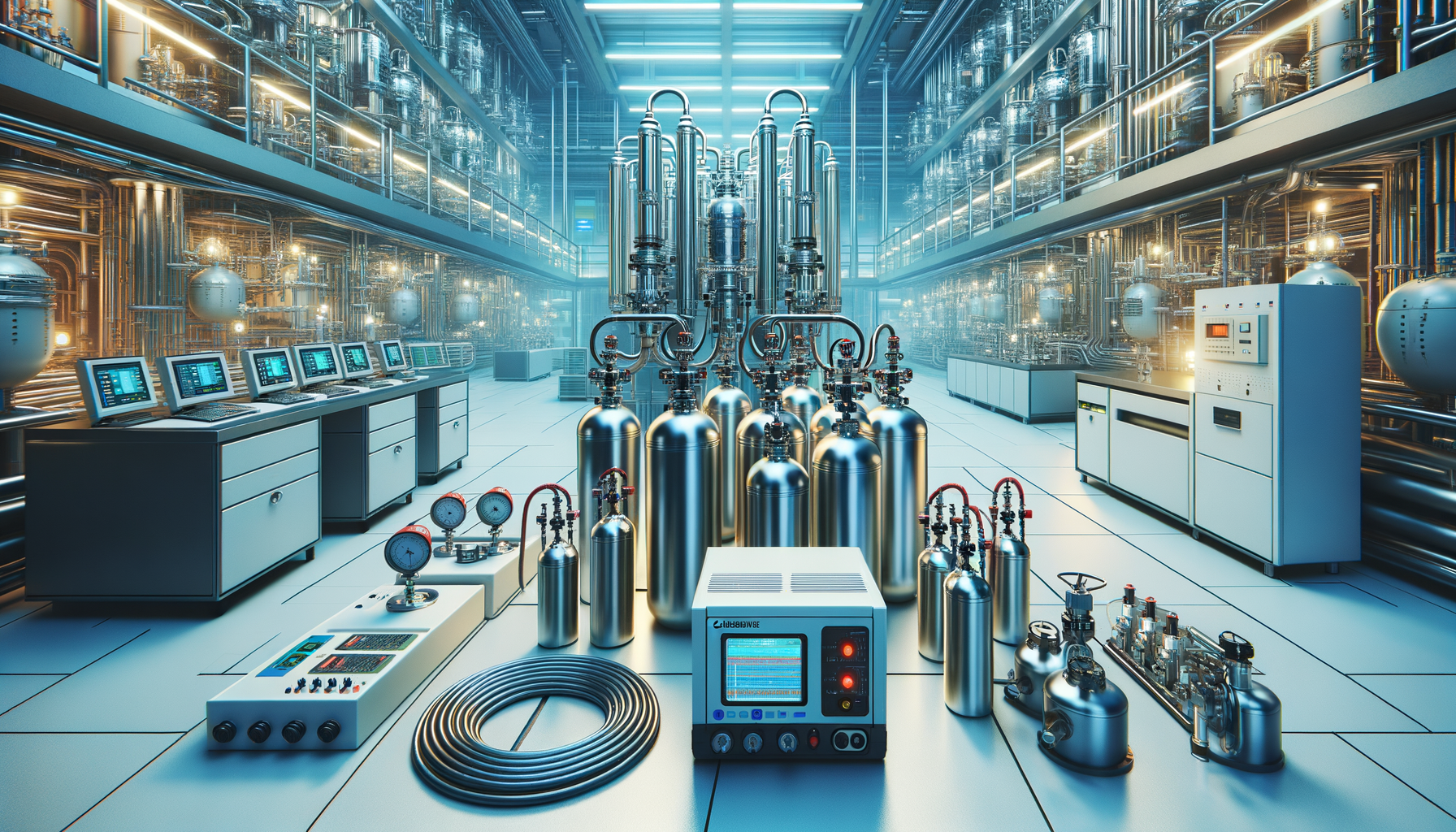Gas Detector Calibration: Ensuring Accurate Readings
Proper calibration of gas detectors is essential for maintaining accurate readings and ensuring safety in environments where gas exposure is a concern. Regular calibration helps in identifying any discrepancies in the detector’s performance, allowing for timely adjustments and maintenance. This process is crucial for compliance with safety standards and for protecting the health of individuals in various settings.

Introduction to Gas Detector Calibration
Gas detectors play a critical role in ensuring safety in environments where gas exposure is a concern. These devices are designed to detect the presence of hazardous gases and alert users before concentrations reach dangerous levels. However, to maintain accuracy and reliability, gas detectors require regular calibration. Calibration is the process of adjusting the detector’s sensor to ensure its readings are accurate and consistent with known standards. This process is vital for compliance with safety regulations and for protecting the health of individuals in various settings.
Understanding the Calibration Process
The calibration process involves several steps that ensure the gas detector is functioning correctly. Initially, a known concentration of gas is introduced to the detector. The device’s response is then compared to the expected response, and adjustments are made to align the two. This process helps in identifying any discrepancies in the detector’s performance, allowing for timely adjustments and maintenance. Regular calibration can prevent false alarms and ensure that the detector provides reliable readings when it matters most.
Calibration can be performed using different techniques, including:
- Zero Calibration: This involves setting the detector to a baseline level where no gas is present, ensuring that any subsequent readings are accurate.
- Span Calibration: A known concentration of gas is used to adjust the detector’s response, ensuring it aligns with the expected value.
- Bump Testing: A quick test to ensure the detector responds to the presence of gas, though it does not provide a full calibration.
Each of these techniques serves a specific purpose and is used depending on the requirements of the environment and the type of gas detector in use.
Factors Affecting Calibration Frequency
The frequency of calibration depends on several factors, including the type of gas detector, the environment in which it is used, and manufacturer recommendations. For example, detectors used in harsh environments with fluctuating temperatures and humidity levels may require more frequent calibration. Additionally, the type of gas being monitored can influence calibration frequency; some gases may cause sensor degradation more quickly than others.
Regular calibration helps in identifying any discrepancies in the detector’s performance, allowing for timely adjustments and maintenance. It is also important to consider the manufacturer’s guidelines, as they provide specific recommendations based on the design and capabilities of the detector. By adhering to these guidelines, users can ensure their detectors remain accurate and reliable over time.
Common Challenges in Gas Detector Calibration
Despite its importance, gas detector calibration can present several challenges. One common issue is the availability of calibration gases, which must be of high quality and at the correct concentration to ensure accurate calibration. Additionally, improper handling or storage of these gases can lead to inaccurate calibration results.
Another challenge is the potential for human error during the calibration process. It requires careful attention to detail and adherence to procedures to ensure the detector is calibrated correctly. Training and experience play a crucial role in minimizing these errors and ensuring the process is carried out effectively.
Finally, environmental factors such as temperature and humidity can affect calibration results. It is important to perform calibration in conditions that mimic the detector’s operating environment as closely as possible to ensure accuracy.
Conclusion: Ensuring Safety Through Proper Calibration
Gas detector calibration is a critical aspect of maintaining safety in environments where gas exposure is a concern. By understanding the calibration process and adhering to recommended practices, users can ensure their detectors provide accurate and reliable readings. Regular calibration helps in identifying any discrepancies in the detector’s performance, allowing for timely adjustments and maintenance. This not only ensures compliance with safety standards but also protects the health of individuals in various settings.
As technology advances, calibration techniques continue to evolve, offering more efficient and accurate methods for maintaining gas detectors. By staying informed about these developments and implementing proper calibration practices, users can enhance safety and reliability in their operations.